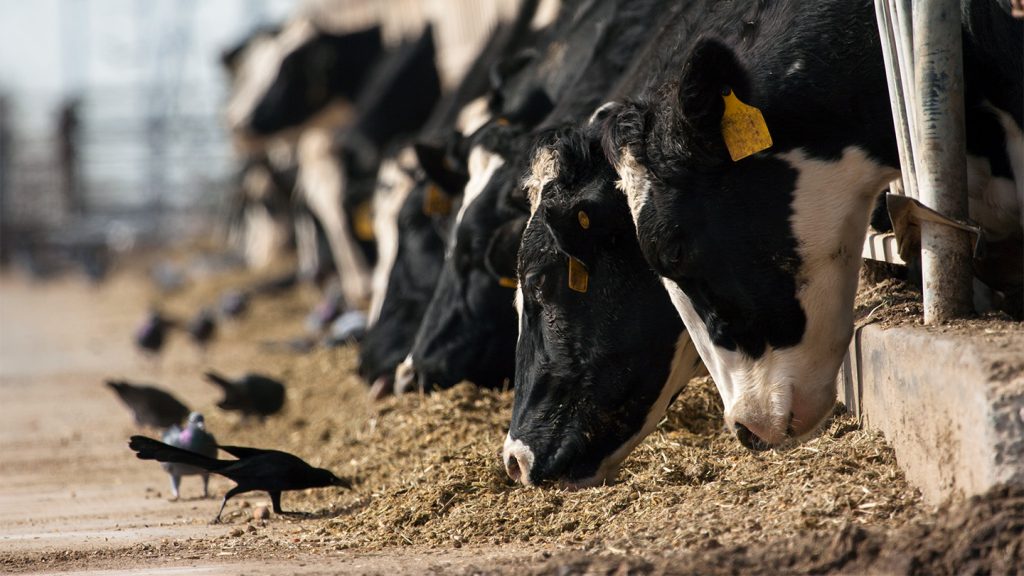A strain of avian influenza known as H5N1, which has affected millions of birds globally, has been found in an unexpected host: cows. The U.S. Department of Agriculture confirmed cases of bird flu in cattle on farms in New Mexico, Kansas, Texas, Michigan, and Idaho. Five herds in Texas have tested positive for H5N1, with an outbreak in Idaho also likely caused by the virus. Additionally, a person in the United States has tested positive for the virus after being exposed to infected cows on one of the Texas farms, becoming only the second documented case of H5N1 infection in humans in the country.
The mode of transmission of the virus to the cows is unclear, although consuming wild bird excrement is a possible route. The infected individual likely contracted the virus through close contact with the cows, as most human cases of H5N1 occur after exposure to infected animals, primarily poultry. While the risk of H5N1 spreading to humans is currently low, precautions such as discarding milk from infected cows and pasteurizing dairy products are recommended by the USDA to prevent the virus from entering the food supply.
Although H5N1 is not considered a significant threat to humans at this time, it is highly lethal for poultry, resulting in the culling of millions of birds globally. The virus has also been detected in various other animal species, including wild birds, seals, sea lions, foxes, raccoons, and bears. The recent cases in cows exhibiting symptoms such as reduced milk supply and decreased appetite highlight the virus’s ability to jump species and infect new hosts, expanding its reach beyond avian species.
Virologist Andrew Pekosz of Johns Hopkins University emphasizes the need for vigilance in monitoring the spread of H5N1 among different animal species. The increasing number of outbreaks and infected bird species worldwide raise concerns about the potential for the virus to spill over into mammals, including humans. Scientists are closely monitoring the situation to detect any signs of mammal-to-mammal transmission, which could indicate a heightened risk of the virus spreading within new host populations.
H5N1’s ability to infect cows and cause illness in humans underscores the importance of biosecurity measures on farms to prevent the spread of the virus among livestock. Conditions in farm settings, such as close confinement of animals and exposure to migratory birds, create opportunities for viral transmission. Farmers are advised to review their biosecurity protocols to minimize the risk of exposure to infected wildlife and protect their animals from potential infections. Continued monitoring and surveillance of H5N1 in different animal species are crucial to prevent further spread of the virus and mitigate its impact on livestock and public health.


